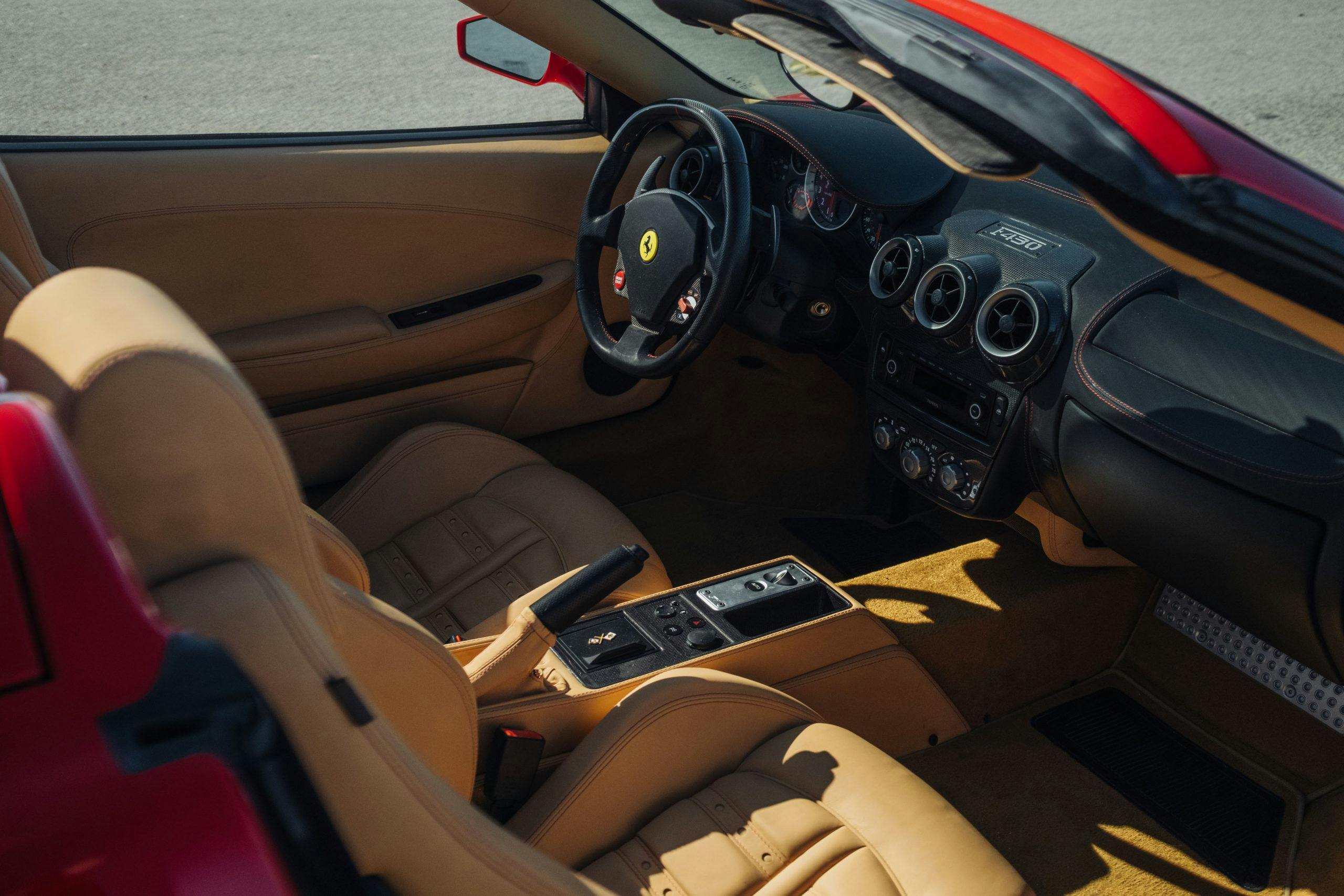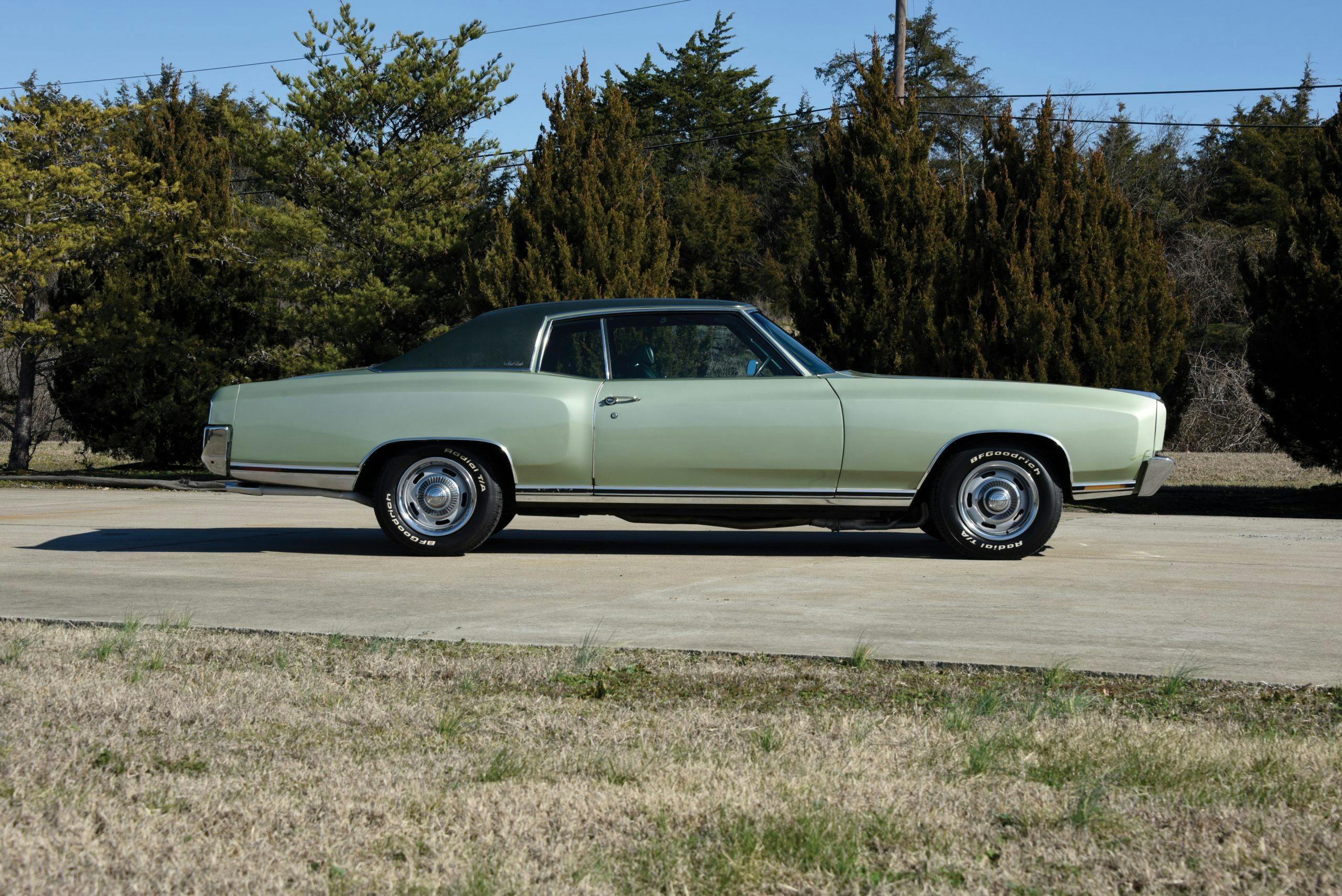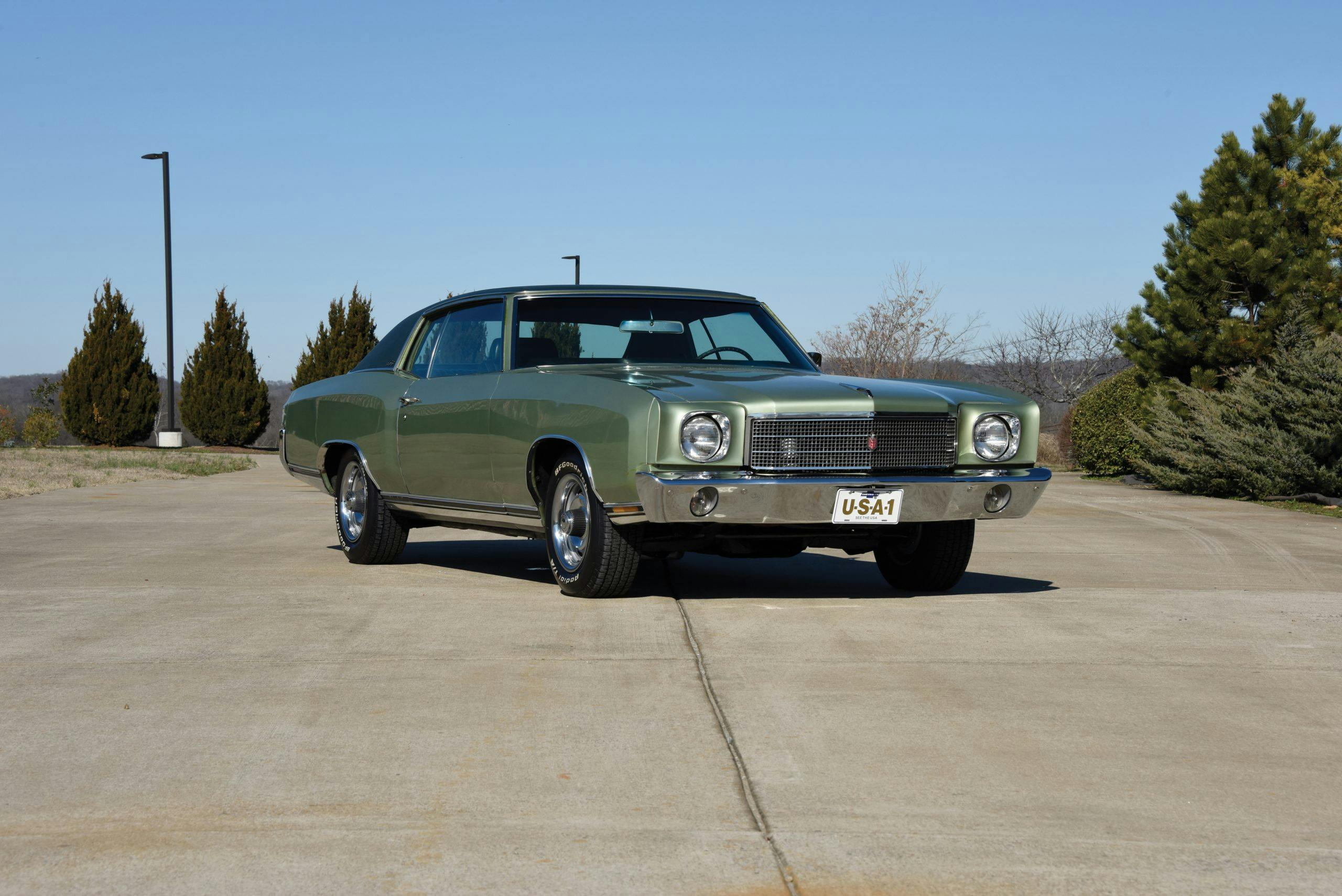5 cars losing ground in a strong market
For over two years, we’ve discussed at length the huge gains in the collector car market. While most vehicles continue to increase in value or at least hold steady, a handful have taken a step back. The data from our latest Hagerty Price Guide update shows that despite the incredible demand for collector cars, there is a small group that sold or were offered at a price lower than the previous quarter.
Initial analysis shows that the reductions in value we’re observing in this group is comparatively low (most in single-digit percentages), isolated, and few are associated with headline-grabbing cars. The fact that almost nothing noteworthy has lost value is, well, noteworthy in itself. Just the same, we took some time to explore five of the more remarkable value losses and delve into what implications (if any) they have on the market at large.
1970 Plymouth Superbird 440/390-hp (-16%)
Superbirds could well be the most vexing vehicles we’ve tracked since the beginning of the year. They had an incredible showing at the Kissimmee and Scottsdale sales in January, but by May, those prices looked like overexcited buying. Then, in the past two weeks, a strong showing at Barrett-Jackson Las Vegas posted a $1.65 million sale for a Hemi-equipped car, the most paid for a Superbird that hasn’t been piloted by NASCAR legend Richard Petty.
While a single huge sale does not set a new market, it does exemplify the market’s current volatility. And although 440 Six Barrel cars are not quite the same league as Hemi-powered ‘birds, their trajectory is a trend worth monitoring closely. It is hard to ignore the weak showing 440 cars experienced at Mecum’s mega Indianapolis sale, where Six Barrel cars lost the most ground. Superbirds frequently headline major auctions and come up for sale often enough that if a turnaround occurs, it will become apparent quickly.
1970–1977 Alfa Romeo Montreal (-8%)
The Montreal is a drop-dead gorgeous car, and the sound of its 2.6-liter V-8 engine is an Italian opera of engineering. As such, I’m sure those who have lusted after a Montreal but found them too expensive are rejoicing at the prospect that their dream car may be more attainable. That said, eight percent is not much of a drop, even for a car that commands the prices the Montreal does.
The market for these cars is never an easy one to pin down; exceptional cars do exist, but it is not a car you can simply buy sight unseen. As with any Italian car of this vintage, rust can be an issue, and repairs can be quite intensive and expensive to do correctly. For that fact, cars that cannot be inspected in person (and with the increase in online auction popularity, those numbers are on the rise) may be a leap of faith for some buyers. This could be one of many reasons behind the weak showings we’ve seen for Montreals lately. With the Pebble Beach auctions coming up soon, a few exceptional examples could very well turn the losses around—or they could confirm them.
2004–2009 Ferrari F430 Spider (-6%)
The F430 has benefitted greatly from the hot collector car market over the past six months. In fact, most of the action in the Ferrari market, with the exception of the Dino, has been with modern models. Heck, even the FF has seen steady increases. F430s have been leading that charge, but it appears that over the last quarter they have taken a bit of a reprieve.
While the six percent loss doesn’t wipe out the double-digit gains F430 Spiders have made over the last several months, it does show that things got a little too hot. With sales down and listing prices a bit softer than before, it’s likely more a result of owners looking to cash in and too many cars hitting the market at the same time than it is an indication that they have shifted out of favor. Remember, for perspective, we are discussing a six percent loss in the context article about “significant” value losses. That says a lot about the strength of today’s market.
1968–1976 BMW 2002 (-5%)
It wasn’t so long ago that BMW 2002s were cheap and cheerful ways to get into the hobby. Nowadays, a standard, show-ready 2002 will set you back at least $40,000, and far more for one that is restored to perfection (of course, 2002tiis and Turbos have maintained a premium).
While the 2002’s value increases haven’t been as abrupt as many collector vehicles, they have been on a steady upward march. As of the last few months, however, momentum appears to have slowed. Five percent isn’t likely to put pandemic-era 2002 buyers upside-down on their purchase, but this slight price correction could be evidence that the 2002 market has reached a point of equilibrium.
1970–1972 Chevrolet Monte Carlo (-5%)
G-Body GM products like the Grand Prix and Monte Carlo have enjoyed renewed interest the past two years. These cars fit into an odd place in the market; built and marketed as personal luxury cars, they also offered a variety of performance options that enabled them to easily keep pace with a comparable Chevelle or GTO. With that in mind, these cars enjoy the admiration of those who appreciate something a little less mainstream or perhaps crave muscle car performance at a discount.
So why haven’t Monte Carlos experienced the same uninhibited growth as the rest of the muscle car market? Part of it surely has to do with the fact that Chevelles continue to cast a long shadow in terms of popularity, even though the Monte shares so much with it structurally and mechanically. Recently, sales and listings for first generation Monte Carlos have been soft, causing a small reduction in price guide values. Not to worry, five percent even on the best-spec Monte Carlo equates to no more than a couple thousand dollars, so we don’t see a need to panic.


















If you think Superbird’s have taken a step back since January 2022 just wait until after January 2023! A hoard of wing cars are scheduled to be sold all at one MECUM auction in Kissimmee, flooding the market. It’s going to be a bloodbath.
Funny, I had a conversation about cars from the muscle car era with my brother. He got his license in 68’ or 69’ and I asked him what it was like to have all those cool cars to choose from. He responded that you really couldn’t get a Boss 429 for example plus a bunch of others from that era. Not many to go around and very expensive for the time. According to him boss 302’s could be had as well as 302 Camaro z28’s etc. But the most surprising thing he said was that no one wanted the super birds or Daytona’s. He said everyone thought they were ugly and that they were available at the local dealers for discount prices. Btw, I’m 14 years younger so I only remember him driving me around in his 67’ fastback 289 4 speed mustang and later in his 327 64’ vette.
My brother told me the same thing about the super birds.
When I was younger I had a 1973 Plymouth Roadrunner 318 4 spd. But I was forced to sell it. But now I’m looking for my Mopar again
65 caddy coupe de ville . 91k 90% original ser# 003
I’m from the day when any of these cars were available to mortal people like me. Over the years it was evident that the cars we loved became a commodity for investors and priced them out of reach for the many who loved them like me. Now that I am in my early 60s and have done better than average with my life’s savings, I look forward to the day I may be able to buy one again. When man turns certain things into investments, the rule of what goes up goes down. Maybe mere mortals again will be able to enjoy the hobbies they loved
I can wait till they’re in the low 100’s these non- matching number cars will be 80-90 in three years non matching means less money. I saw one last with non matching numbers with a 440 I offered him 98k he’s like it’s going towards a 109 I said good luck market is slipping